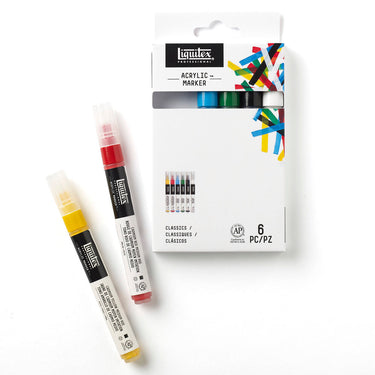The strongest. The whitest. The brightest. And the most opaque. Meet titanium white, the art world's favorite go-to pigment for power. This metallic oxide is produced from rutile, a naturally occurring mineral ore found in the ground in regions like Scandinavia. Sometimes called pigment white 6 or PW6, it’s a non-organic pigment that has huge influence on the palette.
HISTORY AND ORIGIN
Its story begins in the 1790s. A vicar in England noticed strange magnetic sand in a local stream. At the same time in Berlin, a scientist working on a Hungarian red tourmaline ore (soon to be called rutile) found something new. They had both stumbled upon a new metal oxide. For the name, the scientist decided to “borrow one from mythology - as I have already done for uranium - for the new name of this metallic body and I will call it titanium, in honour of the Titans, first children of the earth. Thus the red tourmaline will be a titanium oxide.” In Greek, tito means day or sun – fitting for a pigment that is powerfully bright, highly refractive and scatters light.
His experiments produced a basic white powder which gained popularity for colored ceramic glazes in the 1800s. The Paris Metro was a fan. Its bright white wall tiles were made with titanium white in 1887. By around 1900, it was being used by painters. The easel of the French Impressionist painter, Camille Pissarro held the pigment. It was time to scale up.
Norway’s Titan Co. and the Titan Pigment Corporation in Niagara Falls both trialed commercial production. In 1918, they succeeded. The climate was ideal: titanium white was cheaper to make than zinc white and had more strength. Lead white was under scrutiny for its toxicity, leading to restrictions on its use.
When the two manufacturers team up in 1920, the titanium white went big on both continents. By 1822 eight tons a week were being produced for all kinds of uses – from paints to false teeth. Philadelphian art supplier F. Weber & Co. was one of the first to market. Permalba was a range of moist colors, tempera colors and oil paints.
INFLUENCING THE ART WORLD
At that time the world was in love with white. Kazimir Malevich’s painting “White on white” (1918), made it the color of Modernism, and it became a defining feature of Le Corbusier’s Modernist architecture in the 1920s. Robert Ryman The new bright white made its mark in the art world. Mondrian went on to use it for his unfinished final painting Victory Boogie Woogie, a masterpiece of sharp, clean lines and bright color in 1944.
Titanium white continues to be prized for its ability to dazzle. With a high-opacity level and a clean, blue toned appearance, it packs a serious punch. It’s also the most commonly found white on the artists’ palette.
USING TITANIUM WHITE IN ART PRACTICE
Want to create a tint? Titanium white is an excellent choice. Use it sparingly though, as it can easily DOMINATE. Transparent mixing white (usually made with zinc oxide) has a tenth of the strength of titanium white. Its weakness makes it perfect for subtle lightening, so choose it when you want softer – less pastel – effects.
Want to block out or overpaint something? Go for titanium white - it hides it all. The pigment gives great coverage. It’s ideal for base layers or when you want to cover a large area. It’s commonly added to white gesso to improve opacity and set the perfect ground for color layers on top.
An essential part of any studio kit, titanium white remains the powerhouse of white pigments. Liquitex scientists used it to create our new Heavy Body colors, Light Bismuth Yellow and Light Phthalocyanine Green. You can find it across our ranges: Heavy Body, Soft Body, Acrylic Gouache, Acrylic Marker, Spray Paint, Basics Color.




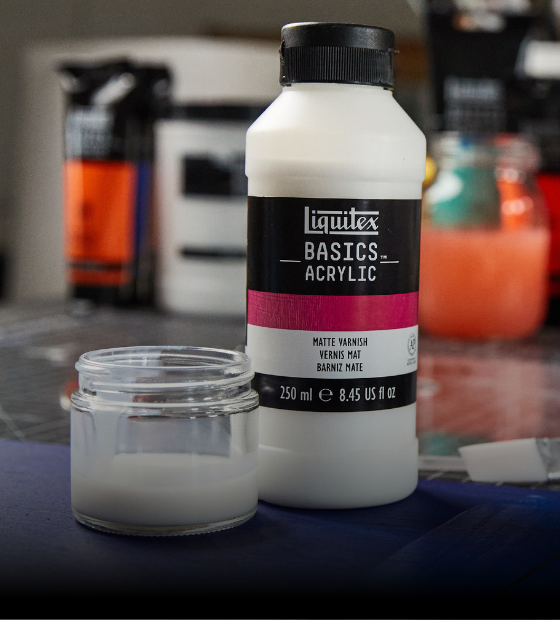











![LQX BASICS ACRYLIC TITANIUM WHITE [SWATCH]](http://uk.liquitex.com/cdn/shop/files/140872_57a4954d-b870-425e-826f-ba16ac4f8e47_375x375_crop_center.jpg?v=1735734825)



![LQX ACRYLIC MARKER 432 TITANIUM WHITE [WEBSITE SWATCH]](http://uk.liquitex.com/cdn/shop/files/71625_eacb22f1-ee9f-4b97-926a-2ce1148d4bbc_375x375_crop_center.jpg?v=1733530472)


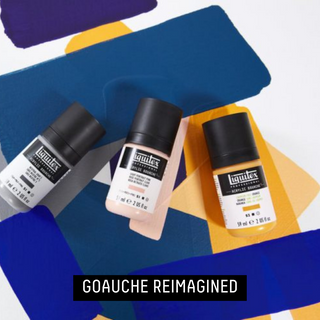
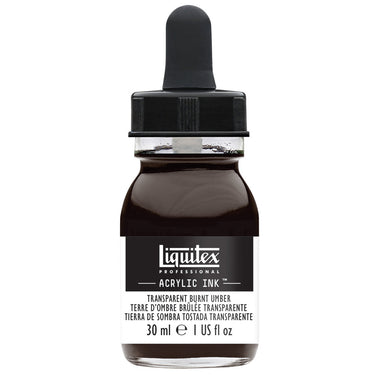
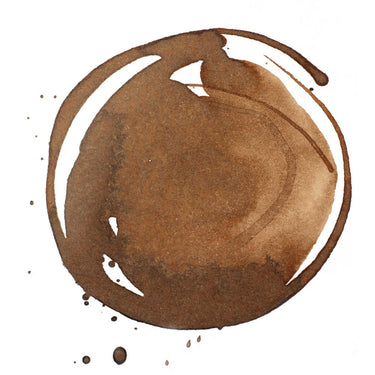

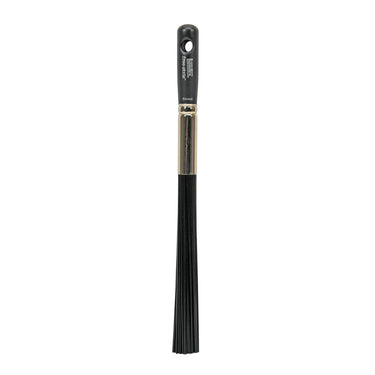






![LQX ACRYLIC MARKER SET 6X 2-4MM CLASSICS [CONTENTS] 887452001225](http://uk.liquitex.com/cdn/shop/files/68762_4855e6eb-82d5-4a11-a736-1f41ab15882e_375x375_crop_center.jpg?v=1709305272)
